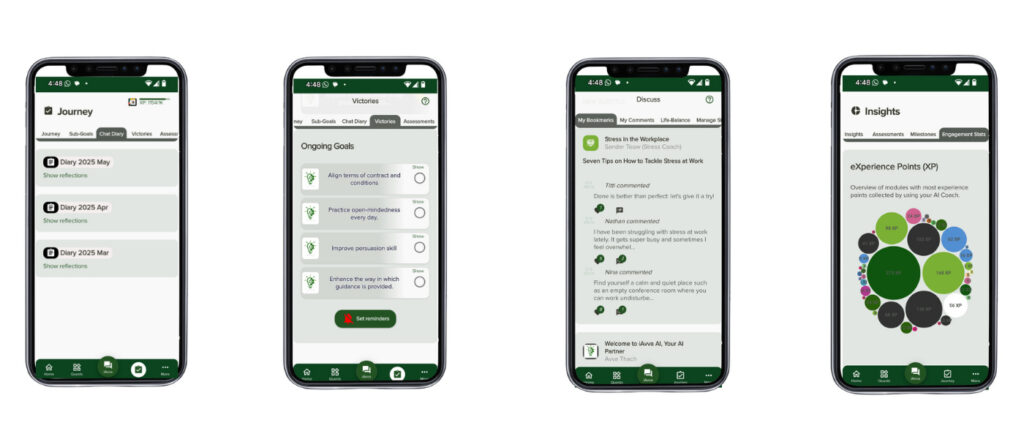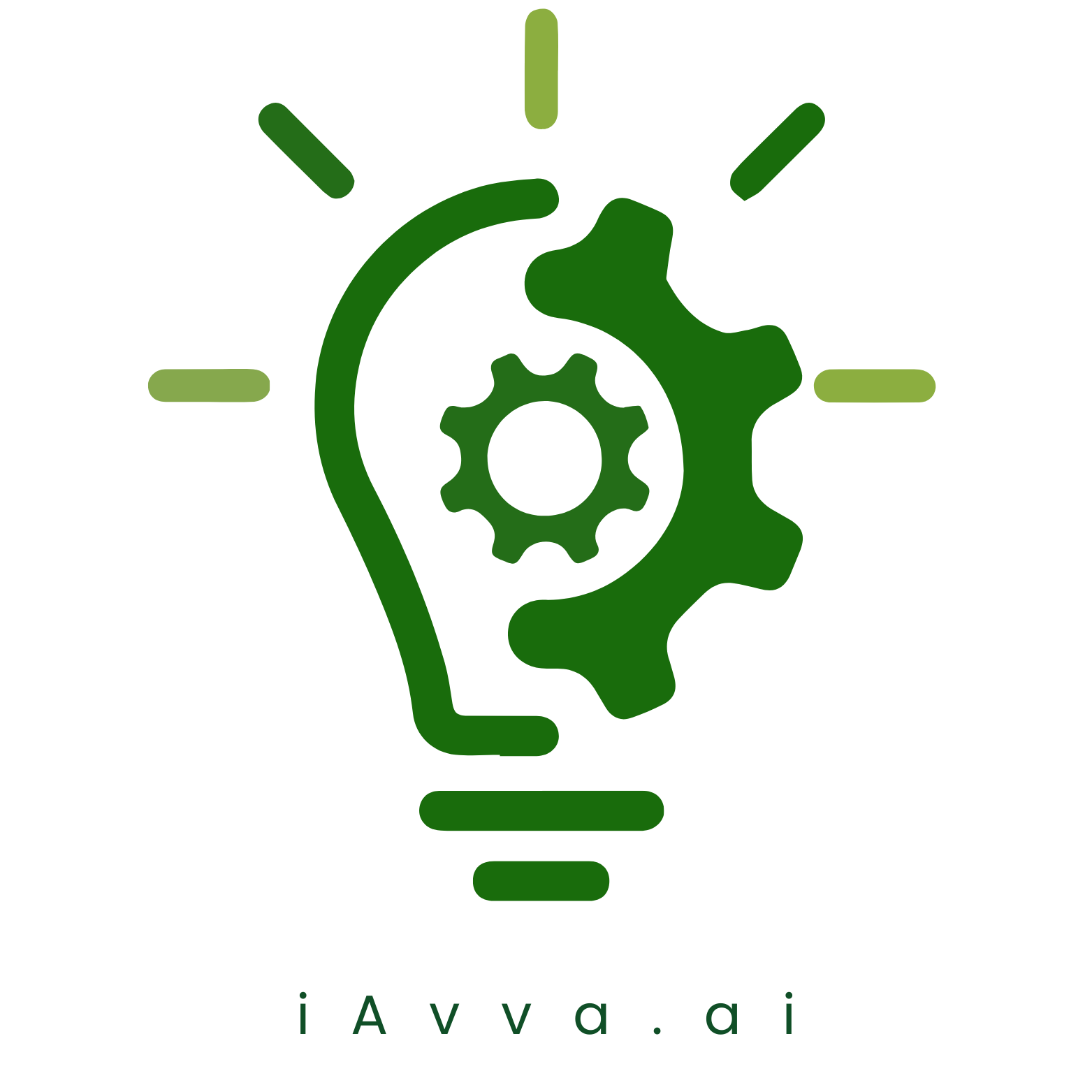Training is a cornerstone of organizational success, serving as a catalyst for maximizing employee potential. In an ever-evolving business landscape, where technological advancements and market dynamics shift rapidly, the need for a well-trained workforce has never been more critical. Employees equipped with the right skills and knowledge are not only more productive but also more engaged and motivated.
This engagement translates into higher job satisfaction, reduced turnover rates, and ultimately, a more robust bottom line for the organization. By investing in training, companies can harness the full capabilities of their workforce, ensuring that employees are not just filling roles but are actively contributing to the organization’s goals. Moreover, training fosters a culture of innovation and adaptability.
When employees are encouraged to learn and grow, they are more likely to embrace change and seek out new solutions to challenges. This proactive mindset is essential in today’s competitive environment, where businesses must continuously innovate to stay ahead. Training programs that focus on developing critical thinking, problem-solving, and collaboration skills empower employees to take ownership of their work and drive the organization forward.
In essence, training is not merely an expense; it is an investment in human capital that pays dividends in the form of enhanced performance and organizational resilience.
Key Takeaways
- Training is crucial for maximizing employee potential and improving company success.
- Identifying training needs and setting clear objectives is essential for effective training programs.
- Designing training programs that are engaging and relevant to the employees’ roles is key to their success.
- Utilizing a variety of training methods and tools can cater to different learning styles and preferences.
- Implementing on-the-job training strategies and providing ongoing support and feedback can enhance the effectiveness of training programs.
Identifying Training Needs and Objectives
The first step in creating an effective training program is identifying the specific needs and objectives of the organization and its employees. This process begins with a thorough assessment of current skills, knowledge gaps, and performance metrics. By analyzing these factors, organizations can pinpoint areas where training is necessary to bridge the gap between existing capabilities and desired outcomes.
Engaging with employees through surveys, interviews, or focus groups can provide valuable insights into their perceived training needs and career aspirations. This collaborative approach not only ensures that the training is relevant but also fosters a sense of ownership among employees. Once the training needs have been identified, it is crucial to establish clear objectives that align with both organizational goals and employee development.
These objectives should be specific, measurable, achievable, relevant, and time-bound (SMART). For instance, if an organization aims to improve customer service skills among its staff, the training objective might be to increase customer satisfaction scores by 20% within six months following the training. By setting clear objectives, organizations can create focused training programs that deliver tangible results and provide a framework for evaluating success.
Designing Effective Training Programs

Designing effective training programs requires a thoughtful approach that considers various factors, including the target audience, learning styles, and organizational culture. A well-structured program should incorporate a blend of theoretical knowledge and practical application to ensure that employees can transfer what they learn into their daily work. This might involve creating a curriculum that includes workshops, e-learning modules, hands-on activities, and case studies relevant to the organization’s context.
Additionally, it is essential to consider the pacing and delivery of the training content. Adult learners often benefit from self-directed learning opportunities that allow them to progress at their own pace. Incorporating flexible learning options, such as online courses or microlearning modules, can cater to diverse learning preferences while accommodating employees’ busy schedules.
Furthermore, integrating real-world scenarios into training materials can enhance engagement and retention by demonstrating the practical relevance of the content.
Utilizing Different Training Methods and Tools
| Training Method/Tool | Effectiveness | Cost | Employee Engagement |
|---|---|---|---|
| On-the-job training | High | Low | Varies |
| Classroom training | Medium | Medium | High |
| Online courses | High | Low | Varies |
| Mentoring | High | Low | High |
To maximize the effectiveness of training programs, organizations should leverage a variety of training methods and tools tailored to their specific needs. Traditional classroom-based training remains valuable for certain topics but may not always be the most efficient approach. Blended learning models that combine in-person instruction with online resources can provide a more comprehensive learning experience.
For example, employees might attend a workshop to learn foundational concepts and then access online modules for deeper exploration or reinforcement. In addition to blended learning, organizations can utilize technology-driven tools such as virtual reality (VR) simulations or gamified learning platforms to create immersive training experiences. These innovative methods can enhance engagement and retention by allowing employees to practice skills in a safe environment.
Furthermore, leveraging social learning platforms enables employees to share knowledge and collaborate with peers, fostering a sense of community and collective growth within the organization.
Implementing On-the-Job Training Strategies
On-the-job training (OJT) is an invaluable strategy for reinforcing skills in real-world contexts. This approach allows employees to learn by doing while receiving guidance from experienced colleagues or supervisors. OJT can take various forms, including job shadowing, mentorship programs, or structured onboarding processes for new hires.
To ensure the success of OJT initiatives, it is essential to establish clear expectations and provide adequate support for both trainers and trainees. Supervisors should be equipped with the necessary tools and resources to effectively mentor their team members while fostering an environment conducive to learning.
Regular check-ins and feedback sessions can help address any challenges that arise during the OJT process, ensuring that employees feel supported as they develop their skills.
Providing Ongoing Support and Feedback

Training does not end once a program is completed; ongoing support and feedback are critical components of employee development. Organizations should establish mechanisms for continuous learning that encourage employees to seek out additional resources or training opportunities as needed. This could involve creating a library of online courses or hosting regular lunch-and-learn sessions where employees can share insights or best practices.
Feedback plays a vital role in reinforcing learning and promoting growth. Managers should provide constructive feedback on performance regularly, highlighting areas of strength while also identifying opportunities for improvement. This feedback loop not only helps employees refine their skills but also demonstrates that the organization values their development.
By fostering an environment where feedback is welcomed and encouraged, organizations can cultivate a culture of continuous improvement.
Evaluating the Effectiveness of Training Programs
To ensure that training programs deliver the desired outcomes, organizations must implement robust evaluation processes. This involves assessing both short-term and long-term impacts on employee performance and organizational goals. One effective method is to utilize Kirkpatrick’s Four Levels of Evaluation framework, which examines reaction (how participants felt about the training), learning (what knowledge or skills were gained), behavior (how participants apply what they learned), and results (the overall impact on organizational performance).
Collecting data through surveys, assessments, performance metrics, and observational studies can provide valuable insights into the effectiveness of training initiatives. Additionally, organizations should encourage open dialogue with employees regarding their experiences with training programs. This feedback can inform future iterations of training content and delivery methods, ensuring that programs remain relevant and effective over time.
Addressing and Overcoming Common Training Challenges
Despite best efforts, organizations may encounter challenges when implementing training programs. Common obstacles include resistance to change, limited resources, or difficulties in measuring success. To address these challenges effectively, it is essential to foster open communication about the importance of training initiatives and how they align with organizational goals.
Engaging leadership support is crucial in overcoming resistance to change. When executives champion training initiatives and demonstrate their commitment to employee development, it sends a powerful message throughout the organization. Additionally, organizations should prioritize resource allocation for training programs by integrating them into budget planning processes.
By addressing these challenges head-on, organizations can create an environment where training is embraced as a vital component of success.
Encouraging Employee Engagement and Participation in Training
Employee engagement is key to maximizing the impact of training programs. To encourage participation, organizations should create an inclusive environment where employees feel valued and empowered to contribute to their own development. This might involve soliciting input on training topics or allowing employees to take ownership of their learning paths.
Incentives can also play a role in boosting engagement levels. Recognizing employees who actively participate in training initiatives or achieve specific milestones can motivate others to follow suit. Additionally, promoting success stories within the organization can inspire others to engage in their own development journeys.
Creating a Culture of Continuous Learning and Development
A culture of continuous learning is essential for organizations seeking long-term success in today’s fast-paced environment. This culture encourages employees to view learning as an ongoing process rather than a one-time event. Organizations can foster this mindset by integrating learning opportunities into daily workflows and encouraging curiosity among team members.
Leadership plays a pivotal role in shaping this culture by modeling lifelong learning behaviors themselves.
Measuring the Impact of Training on Employee Performance and Company Success
Ultimately, measuring the impact of training on employee performance and overall company success is crucial for justifying investments in development initiatives. Organizations should track key performance indicators (KPIs) related to productivity, employee satisfaction, retention rates, and business outcomes over time. By correlating improvements in these metrics with specific training programs or initiatives, organizations can demonstrate the tangible benefits of investing in employee development.
This data-driven approach not only validates current efforts but also informs future strategies for enhancing training effectiveness. In conclusion, maximizing employee potential through effective training requires a comprehensive approach that encompasses identifying needs, designing impactful programs, providing ongoing support, and fostering a culture of continuous learning. By prioritizing these elements, organizations can unlock the full capabilities of their workforce while driving sustainable success in an ever-changing business landscape.
In today’s rapidly evolving business landscape, company training is more crucial than ever, especially with the integration of AI technologies. A related article that delves into the importance of leadership training and development in the context of AI is available on IAVVA’s website. This insightful piece, titled “Leadership Training and Development: AI Tradition,” explores how businesses can effectively incorporate AI into their training programs to enhance leadership skills and drive organizational success. For more information, you can read the full article by following this link.
FAQs
What is company training?
Company training refers to the process of providing employees with the knowledge and skills they need to perform their job effectively. This can include on-the-job training, workshops, seminars, online courses, and other forms of learning.
Why is company training important?
Company training is important because it helps employees develop the skills and knowledge they need to be successful in their roles. It also helps to improve employee morale, productivity, and retention.
What are the benefits of company training?
The benefits of company training include improved employee performance, increased job satisfaction, reduced turnover, and a more skilled and knowledgeable workforce. It can also lead to improved customer satisfaction and overall business success.
What are the different types of company training?
Company training can take many forms, including on-the-job training, classroom-based training, e-learning, workshops, seminars, and conferences. It can also include mentoring, coaching, and job shadowing.
How can companies measure the effectiveness of their training programs?
Companies can measure the effectiveness of their training programs by tracking employee performance before and after training, conducting surveys and assessments, and monitoring key performance indicators related to the training objectives. Feedback from employees and managers can also provide valuable insights into the impact of training programs.

















Leave a Reply